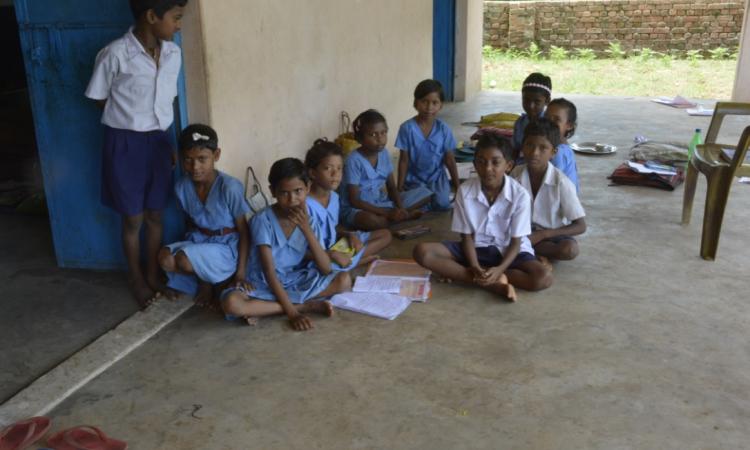
Nearly 1,700 public schools--approximately quarter million children in grades 1-12--of Chhattisgarh have no arrangements for drinking water. While schools in urban areas are largely untouched by this scarcity, the story is different in tribal areas. A report by the central government's National University Education & Planning, New Delhi breaks it down.
In tribal areas, 1010 schools are at the mercy of wells, 1982 schools are dependent on traditional sources of water, and water tanks abound. Children are denied hygienic/clean drinking water, resulting in them falling ill. In Raipur, 784 children including 381 girls in 9 schools, do not have water. Only in a few districts of the state have many schools come out of this crisis. Amongst these, drinking water has not reached 2 schools in Janjgir Champa, 8 in Balod, 10 in Mahasamund, 12 in Durg and 14 in Gariaband. 275 schools of Bijapur and 195 schools of Bastar are in desperate need of water. Statistics related to schools in Korba and Raigarh districts are not recorded in the report.
More trouble
During conversations, teachers of some of these schools said that cooking afternoon meals has become difficult, and even toilets become unusable due unavailability of water. One of the reasons for girls' missing school is the lack of water and sanitation. Despite the Supreme Court reprove, the government is not paying any attention. Prior to this, it was said in the NHSF survey that about 40 percent of rural girls in the age group of 6-17 years are not going to the school. In many places, small children have to carry water from home, and many a time remain thirsty in the summer and rainy seasons because they cannot go out.
Change of plans after the report
School Education Minister Kedar Kashyap said that plan can be made only on seeing the report. Hand pumps and tube wells have been installed in most schools and that water arrangements have to be made in the schools that have no water. Academician BKS Ray said that there is a serious lapse in providing essential facilities like water in schools, but the government refuses to learn from failure. Construction of toilets is not possible without water, so how can the sanitation mission succeed?.
This article was first published in Hindi in Patrika. It has been translated into English and republished with permission from the author and Patrika.